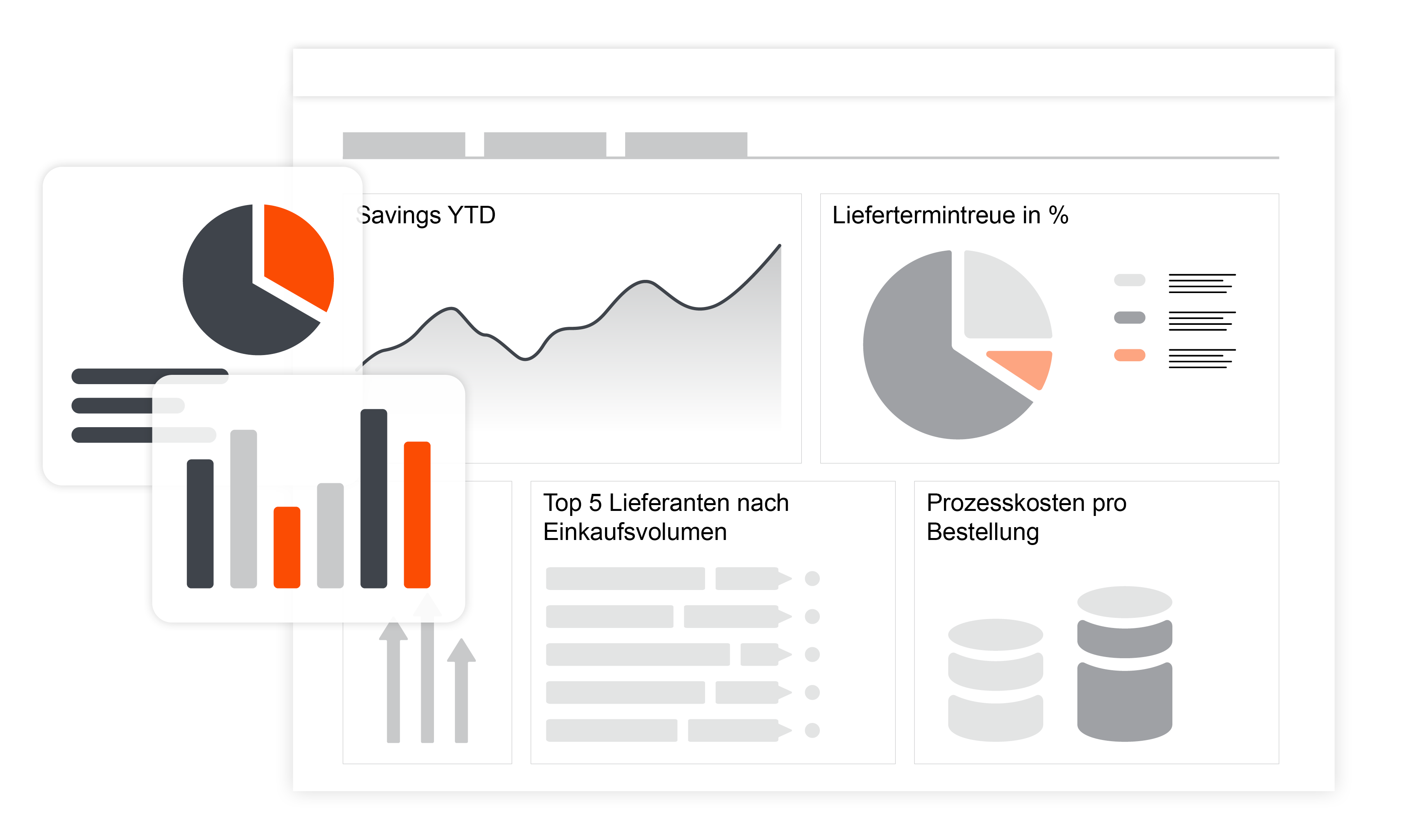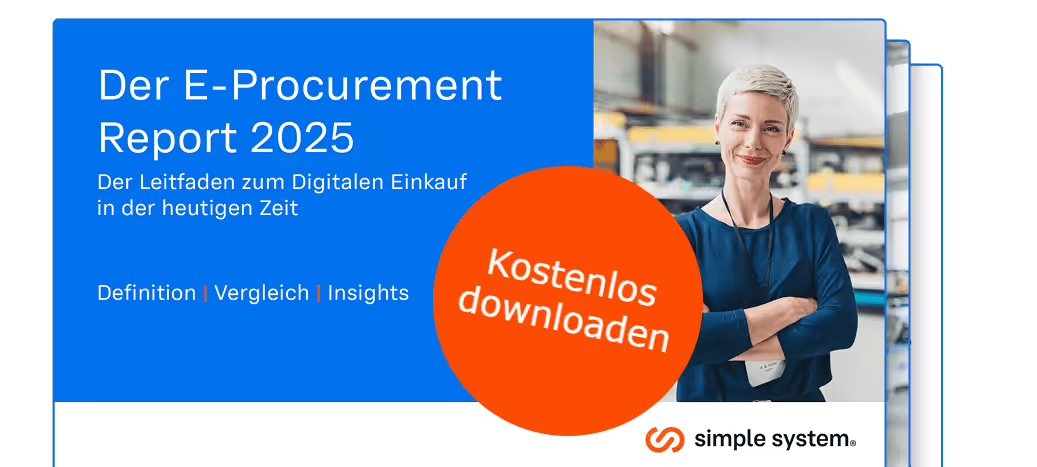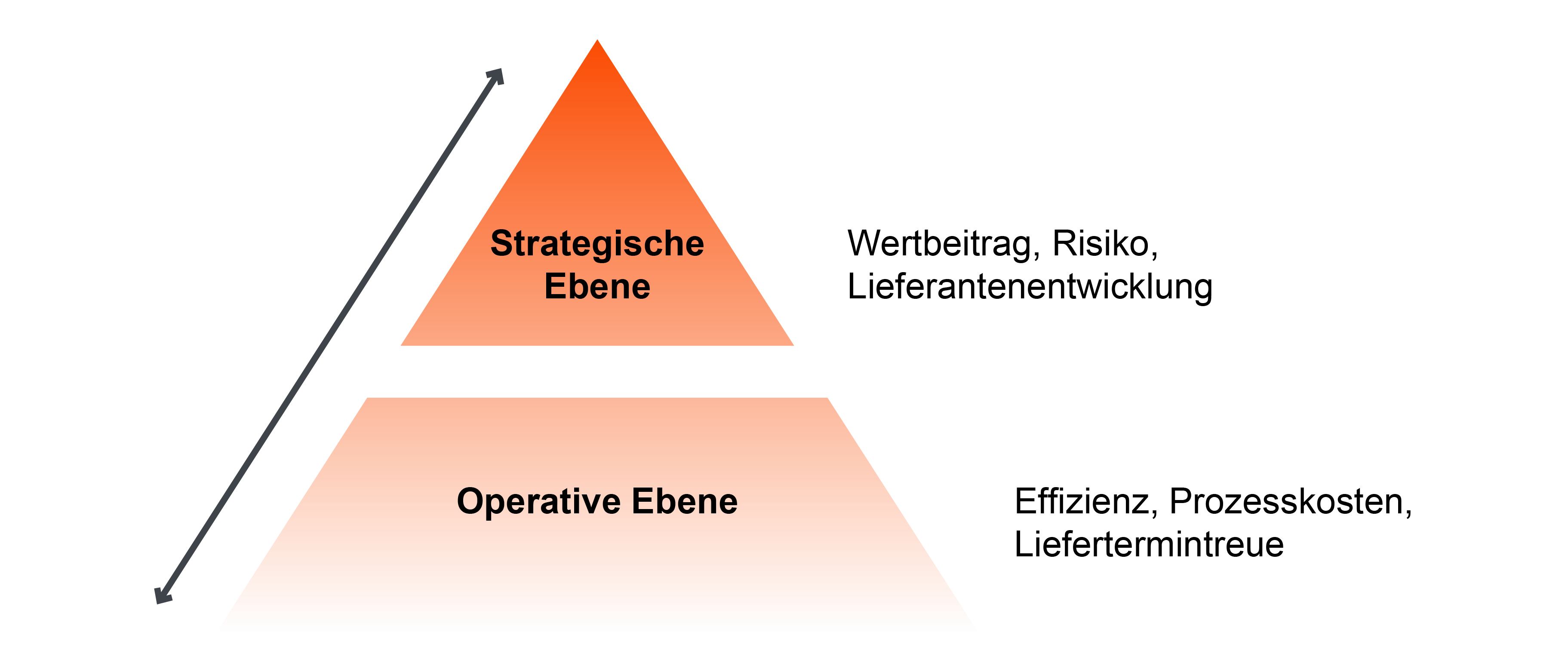Procurement & Purchasing: The most important key figures & KPIs for management
“What you can't measure, you can't steer.” This quote brings up the central challenge in modern purchasing straight to the point. Considered a purely operational department for a long time, the sourcing developed into a decisive strategic partner who makes a significant contribution to the company's success. But how can this value contribution be made visible and controllable? The answer lies in a well-thought-out system of key figures, also known as key performance indicators (KPIs).
A professional purchasing controlling based on the right indicators, performance makes it transparent, uncovers savings potential and helps to minimize risks. This article is your guide to building such a system. We will explain how to select and categorize the appropriate key figures for your goals.
What are procurement indicators?
Procurement indicators (or purchasing indicators) are quantifiable measures that are used to measure performance, efficiency, and effectivity to evaluate purchasing and procurement processes. They relate purchasing activities to their strategic and operational goals. As key performance indicators (KPIs), they summarize complex issues and thus enable data-based management and optimization.
Why are key figures essential in purchasing?
The use of KPIs in procurement goes far beyond simply collecting data. It is the basis for well-founded decisions and the continuous development of the entire department. A robust key figure system offers four decisive advantages:
- Objectivity and transparency
Key figures replace subjective assessments with hard facts. They make purchasing services visible and comprehensible for corporate management and other departments, such as sales or production. The significance of good KPIs creates a common basis for discussion. - Strategic orientation
Modern purchasing operates strategically. Key figures ensure that daily purchasing activities contribute to the overall corporate goals. Whether reducing costs, promoting innovation or minimising risks, KPIs translate the purchasing strategy into measurable results. - Uncovering potential for improvement
KPIs act like an early warning system. They show where processes are inefficient (e.g. high costs per order process), where unnecessary expenses arise (e.g. high Maverick buying rate) or where risks lurk (e.g. a high dependency on a single supplier). - Well-founded supplier evaluation
Key figures such as on-time delivery, complaint rates and price development provide an objective basis for evaluating and developing suppliers. This strengthens supplier relationships and increases the reliability of the entire supply chain.

Categorisation of key figures for an overview
In order to build such a balanced system, categorizing KPIs is a crucial first step. This not only creates structure, but also ensures that you look at the performance of your procurement from different, important perspectives.
Strategic vs. Operational Metrics
One of the most significant distinctions is the difference between strategic and operational indicators. Both levels are essential, but they answer different questions.
- Strategic indicators: These are long-term objectives and measure the contribution of purchasing to the overall corporate goals. They provide information about whether the purchase is doing the right things. Examples include developing the supplier base, reducing supply risks, or adding value through innovations from suppliers.
- Operational figures: These KPIs focus on efficiency and quality of daily processes. They measure how good the purchase is task's done. These include classics such as costs per order process, the Adherence to delivery dates or the number of Orders per buyer.

Einkaufen & sparen
Erfahren Sie, wie es geht, in unserem kostenlosen E-Procurement-Report. Jetzt kostenlos und unverbindlich herunterladen.
Jetzt lesenClassification according to target dimensions: costs, quality and time
Another proven model for structuring is the “magic triangle”, which focuses on the target dimensions of cost, quality and time. A good KPI system should include key figures from all three areas to avoid one-sided optimization.
- Costs: This is about the financial aspects of procurement. Important KPIs include savings, price development compared to the market, process costs (e.g. Cost per order) and the consideration of total costs (Total Cost of Ownership, TCO).
- Quality: This dimension measures the quality of purchased products and services as well as the reliability of suppliers. Examples include the complaint rate, results of supplier audits or the degree of compliance of framework agreements.
- Time: Time indicators evaluate the speed and punctuality of processes. This includes the Adherence to delivery dates in percent, the average replenishment time, or the turnaround time from the purchase request to shipment.

Key examples of procurement indicators
The theory is best illustrated with specific examples. The following KPIs are among the most important indicators of purchasing success in many companies:
- Maverick buying rate: This key figure measures the proportion of purchases that are made past the standardized purchasing processes (wild purchasing). A high rate indicates inefficient processes or a lack of acceptance by the purchasing department and prevents the realisation of bundling effects.
- Supplier reliability (OTIF — On-Time, In-Full): This KPI combines two decisive factors: on-time delivery and in-full delivery. It gives a percentage of how many orders are on time and were delivered in full and is a central indicator for reliability of your suppliers.
- Level of automation: The percentage of orders that are processed completely automatically — for example via an e-procurement platform. This key figure is a direct indicator of process efficiency and the potential to reduce costs per order process.
- Savings: The classic in purchasing controlling. Here, the cost reductions achieved through negotiations or process improvements are measured compared to a defined basis (e.g. previous year's price).

From key figure to action
The best dashboards and the most accurate metrics are worthless if they don't result in action. KPIs are not an end in themselves, but an instrument for management. They only develop their true strength when they are a starting point for targeted Improvement measures be used.
The process is cyclical:
- Measuring: Collect the defined key figures.
- Analyse: Compare results with goals and identify discrepancies.
- Improve: Derive concrete measures to address the causes of negative developments.
- Check: Measure again to verify the success of your measures.
In this way, the key figure system becomes an engine for continuous optimization and ensures that your Purchasing as a strategic Partner in the company is recognized.
Common questions and answers (FAQs)
Which key figure is the most important in purchasing?
There is no one most significant Kennzahl. The selection always depends on the individual corporate strategy. While for some people the focus is on reducing costs, for others, supplier reliability or the rate of innovation is decisive.
How many KPIs should you track in purchasing?
Less is often more. A set of 5-10 key strategic and operational indicators, which are visualized on a dashboard, is usually more effective than collecting 50 or more individual pieces of data that no one oversees any more.
How can simple system help with recording key figures?
An e-procurement platform such as simple system digitizes and standardizes the entire procurement process. This results in many key figures, such as process costs per ordering, the use of framework agreements or the Maverick buying rate, automatically recorded and can be transparently evaluated.









